CASE STUDIES
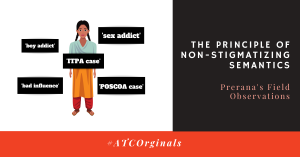
The Principle of Non-Stigmatizing Semantics – Our Experiences and Learnings
The Juvenile Justice (Care and Protection of Children) Act, 2015 has also laid down some fundamental principles for the administration of the Act. This document is an attempt to bring one such principle to light, the principle of non-stigmatizing semantics, along with instances where children face stigma due to their backgrounds. In this document, we share a few of the instances observed by Prerana’s diverse project teams while working with children in need of care and protection, and vulnerable children from the red light area. Through this document, we hope to amplify the voices of the children with who we work and the discriminatory behavior that they face.
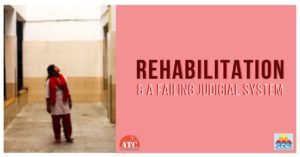
Rehabilitation & a Failing Judicial System
In this document, we attempt to highlight one such case where the delay in prosecution adversely affected the child’s rehabilitation. It also documents the challenges and difficulties the child faced in other aspects of her life post the traumatic incident.
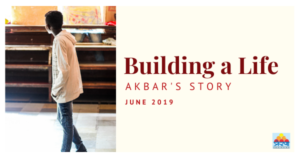
Building A Life – Akbar’s Story
‘Building A Life – Akbar’s Story’ shares the journey of a seventeen-year-old boy, who continues to overcome the challenges innate to the red-light area and hopes to live a better life for both himself and his family. The case study also sheds light on Prerana’s various interventions to ensure that the children have access to all the available opportunities.
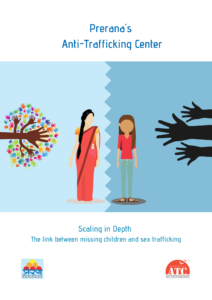
ATC Release: Scaling in Depth
When a child who has been missing from home, is found by the police or other relevant authorities, it is important to gather preliminary facts of the case before restoring the child immediately to the family. This is a case that highlights the link between missing children and sex trafficking.
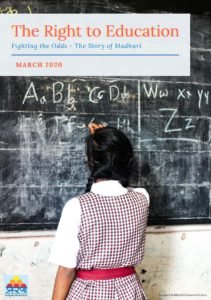
The Right to Education: Fighting the odds – The story of Madhuri
Formal education isn’t always a priority for the marginalized children living in the red-light area. They may not even have access to formal education. Prerana’s Educational Support Program caters to all educational needs of children – be it curricular, co-curricular or extra-curricular. Education is essential for a successful and stable future. Here we share the story of Madhuri*, a child who fought the odds for her right to an education.
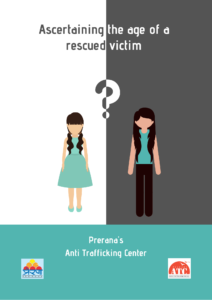
ATC Release: Ascertaining the Age of a Rescued Victim
This case study is an effort to highlight the importance of age verification in cases of commercial sexual exploitation and trafficking of children.
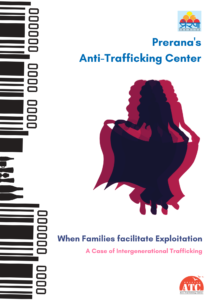
ATC Release: When Families facilitate Exploitation
In 2019, Prerana was referred a case of a child from one such community. Ishita (name changed), a native of Uttar Pradesh had been pushed into the sex trade by her family.
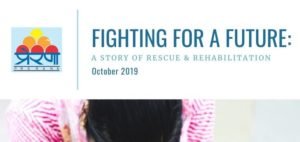
Fighting for a Future
The prostituted women living in these RLAs have little to no agency. Often they are under close control of their brothelkeeper or aadmi (a kind of pimp), with little voice of their own. Here is one
such case of a prostituted mother who was forced to leave her child in the hands of her brothelkeeper, but continued to fight the odds to rescue her child.
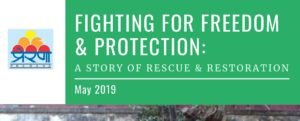
Fighting for Freedom & Protection
Over the course of Prerana’s work in the red-light area, we have come across countless stories of a mother’s resilience to give her children the freedom they deserve. Here is one such case of a mother who fought for her son’s freedom from the clutches of her brothel keeper, and the impact created when multiple stakeholders work together.
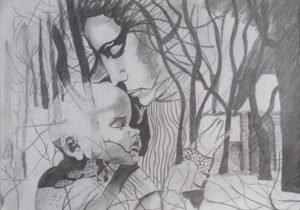
In Company of Colors
This is the story of a boy who fought domestic violence, faced the challenges of being a red-light area child, struggled to study, and managed to pass the 10th standard with flying colors. This is the story of Rohit (name changed), who found peace and harmony in the company of art, and Prerana.
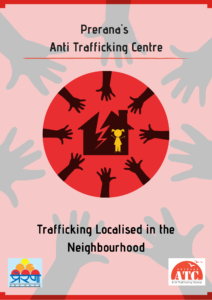
ATC Release: Trafficking in the Neighbourhood
There is a greater vulnerability among the children of economically poor backgrounds to be pushed into the sex trade. Aniya’s case sheds light on commercial sexual exploitation in the neighbourhood.
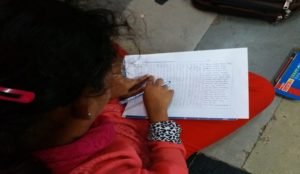
Defining Success: The 2008 Chapter
Many supporters, well-wishers, and friends of Prerana often call our work ‘successful’. However, what is this success? How do you define it? In 2008, a very interesting incident happened which helped us reflect upon our children’s and our success

